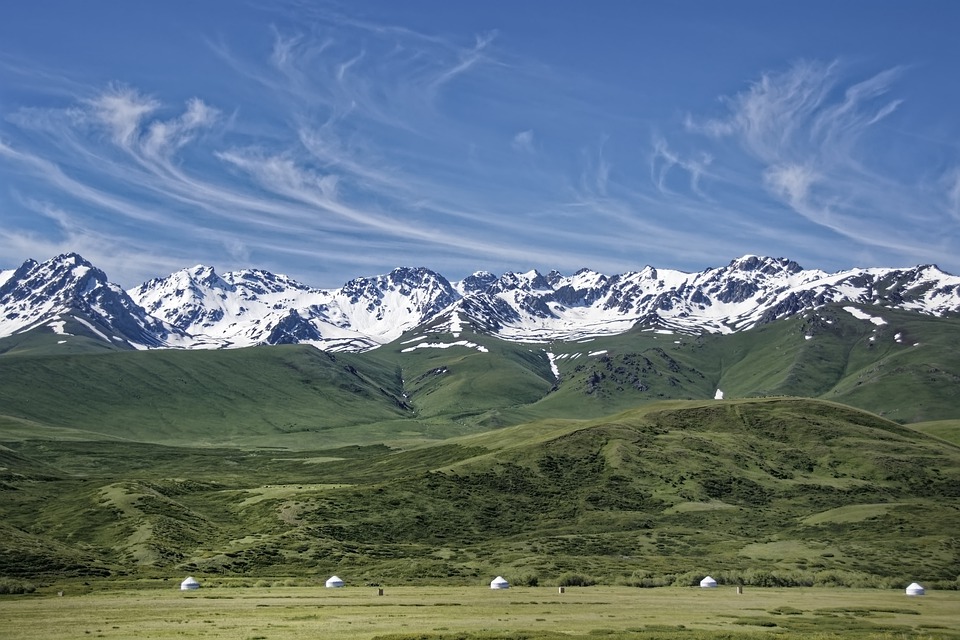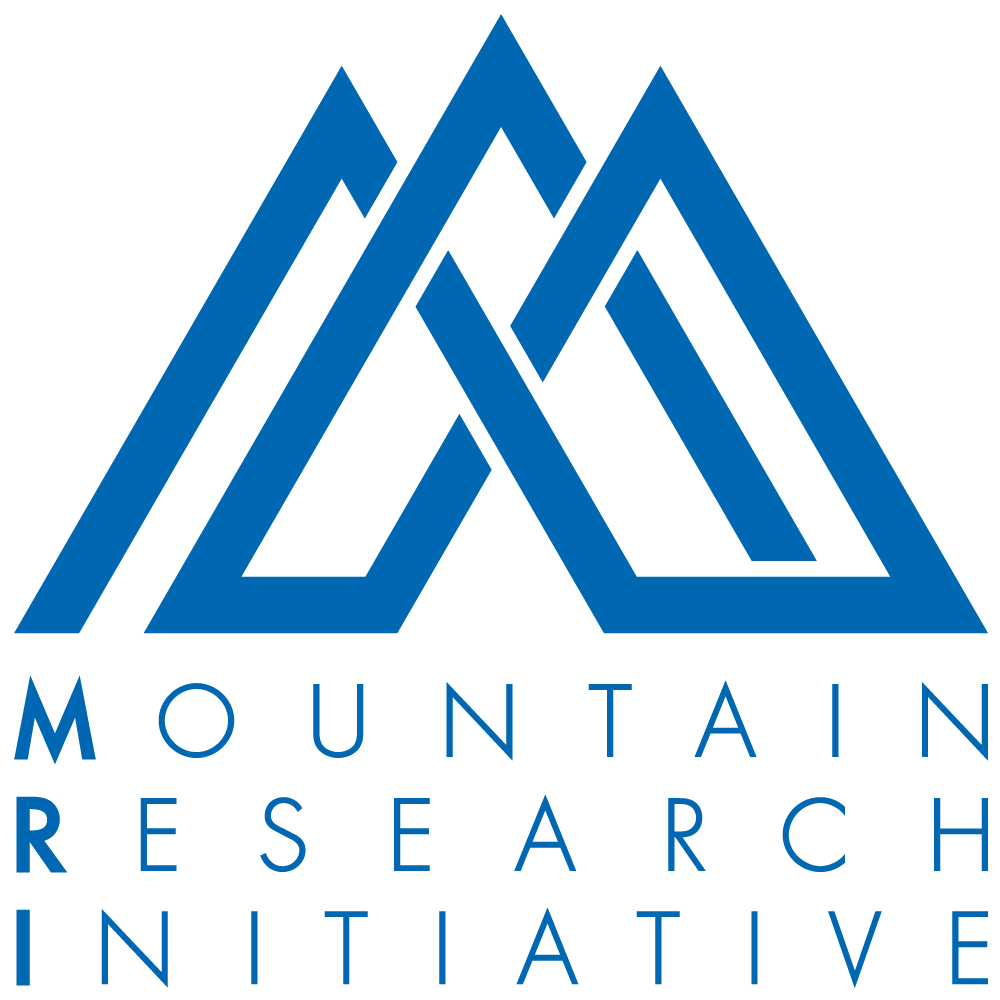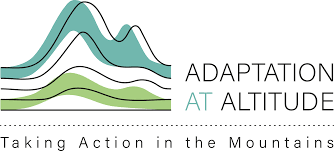The European Geophysical Union (EGU) General Assembly 2021 took place virtually from 19-30 April, 2021. GEO Mountains Scientific Project Officer James Thornton hosted a splinter meeting focused on mountain observations and presented recent progress toward defining Essential Mountain Climate Variables (EMCVs).
Interdisciplinary environmental and socio-economic observations in the world’s mountains: identifying solutions to key challenges
James Thornton, Carolina Adler, Elisa Palazzi, Maria Shahgedanova, and Nick Pepin convened a GEO Mountains splinter meeting at vEGU 2021: Gather Online, which brought together the complementary expertise and perspectives of mountain scientists from across regions and disciplines. The meeting provided a forum in which to discuss a series of broad challenges identified through recent work by the MRI and GEO Mountains, including improving the density of in situ monitoring instrumentation, shifting to multi-disciplinary mountain observations, and formalizing EMCVs.
The meeting format combined plenary and break-out group discussions in Zoom. Engaged attendees noted the need to include community-led data collection activities in larger initiatives, the considerable amount of time that can be required to build effective working relationships with data providers, and the need for consistent data across geopolitical boundaries.
The growing potential of unmanned aerial vehicles (UAVs) and other novel observation technologies to complement more established in situ and remote measurements was also highlighted, along with the more fundamental need to make mountain observation sites more interdisciplinary and spatially extensive (i.e., measure more variables and cover larger areas / elevation gradients). Data interoperability was identified as a key challenge to conducting investigations at larger scales and providing consistent policy-relevant infromation.
GEO Mountains' forthcoming inventory of in situ mountain observation infrastructure hopes to compile and share a considerable amount of "crowd-sourced," local knowledge about mountain observatories and links to associated datasets, thereby increasing the data resources available for various applications.
Toward a definition of Essential Mountain Climate Variables
James Thornton presented recent progress toward defining Essential Mountain Climate Variables (EMCVs) in a vPICO session on behalf of GEO Mountains and affiliated co-authors Elisa Palazzi, Nicholas Pepin, Paolo Cristofanelli, Richard Essery, Sven Kotlarski, Gregory Giuliani, Yaniss Guigoz, Aino Kulonen, Xiaofeng Li, David Pritchard, Hayley Fowler, Christophe Randin, Maria Shahgedanova, Martin Steinbacher, Marc Zebisch, and Carolina Adler.

Original figure by James Thornton showing the main components of mountainous environmental systems and associated processes of change that are either already underway or are expected to be realized in many global mountain regions in future. (Thornton et al., 2021, in press)
1: Increasing atmospheric greenhouse gas concentrations; 2: Shifts in the radiative forcing, air temperature, and precipitation (including precipitation intensity and, where applicable, rain:snow ratios); 3: Increasingly negative glacier mass balance / glacial retreat (changing albedo and water storage); 4: Changing snow dynamics (changing albedo and water storage, potentially also affecting vegetation); 5: Rising treelines (changing albedo); 6: Increased species richness / biomass on mountain summits; 7: Changing evapotranspiration and sublimation dynamics; 8: Permafrost and rock glacier thaw; 9: Changing streamflow dynamics (including source component contributions); 10: Accelerated nutrient cycling between the atmosphere, soil, and vegetation; 11: Changes in glacier debris cover (changing albedo); 12: Changes in the atmospheric transport and deposition of dust, aerosols, and black carbon; 13: Changing lake water temperatures and ecology; 14: Changing hydrological partitioning at the land surface and surface water-groundwater exchanges more generally; 15: Changing groundwater recharge, storage, flow, and discharge dynamics in bedrock and unconsolidated aquifers (e.g. alluvial fans, talus slopes, moraines), including mountain block recharge (MBR) and mountain front recharge (MFR); 16: Changing redistribution of snow by wind; 17: Changing avalanche hazard; 18: Changing flood hazard (pluvial, fluvial, and glacial lake outburst); 19: Increasing drought frequency and severity; 20: Changing erosion, sediment transport, and deposition dynamics, and debris flow hazard; 21: Increasing slope instability and rockfall hazards; 22: Potential release of carbon from frozen mountain soils; 23: Changing atmospheric vapor pressure; 24: Changing glacier flow rates; 25: Increasing transport of anthropogenic ozone precursors and subsequent elevated impacts on the biosphere; 26: Change in near surface air temperature lapse rates and orographic precipitation gradients; 27: Changing synoptic weather patterns; 28: Changes in cloud cover and cloud radiative forcing. Note that this figure is not intended to be exhaustive, but rather aims to serve as a basis for the subsequent discussion, identification, and ranking of potential EMCVs.
Environmental data pertaining to mountains is often severely limited, and interdisciplinary consensus regarding which variables should be considered absolute observation priorities remains lacking. Essential Mountain Climate Variables (EMCVs) are a potential means to identify critical observation priorities. In an article in press currently, Thornton and others propose a preliminary list of EMCVs, ranked according to perceived importance. Several of these variables are not among the globally relevant Essential Climate Variables (ECVs) curated by the Global Climate Observing System (GCOS), justiying this mountain-specific approach. The paper summarizes established and emerging possibilities to measure, formalize, and apply EMCVs.
Despite the occasional challenges of the virtual EGU format, the vPICO session was interesting and well-attended. Thornton's presentation stimulated discussion of the importance of interdisciplinary consensus on EMCVs, and the need for standardization to deliver data interoperability.
For any questions, please contact james.thornton@unibe.ch.
More information
Thornton, J.M., Palazzi, E., Pepin, N.C., Cristofanelli, P., Essery, R., Kotlarski, S., Giuliani, G., Guigoz, Y., Kulonen, A., Pritchard, D., Li, X., Fowler, H.J., Randin, C.F., Shahgedanova, M., Steinbacher, M., Zebisch, M., and Adler, C. (2021). Toward a definition of Essential Mountain Climate Variables. One Earth, 4(6). doi: 10.1016/j.oneear.2021.05.005
Read more about Thornton and others' paper here.
Cover image by Makalu.









